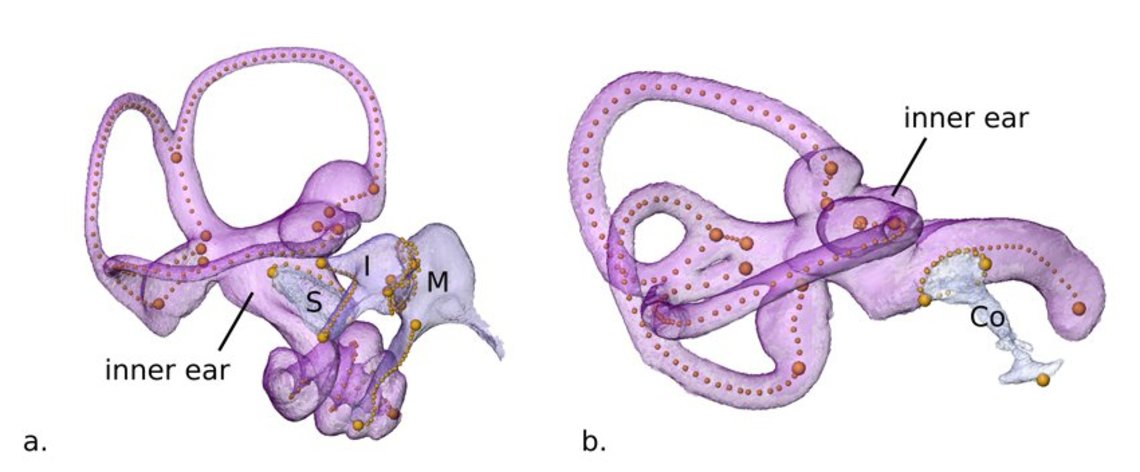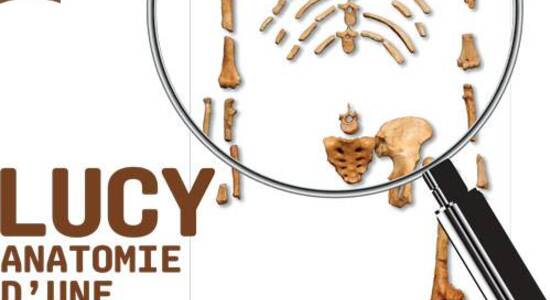Publication Evolutionary Biology
Publié par Laboratoire PALEVOPRIM, le 8 juin 2020 750
The evolutionary puzzle of the mammalian ear
Conférence de presse du 27 mai 2020
How could the tiny, tightly connected parts of the ear adapt independently to the amazingly diverse functional and environmental regimes encountered in mammals? A group of researchers from the University of Vienna and the Konrad Lorenz Institute for Evolution and Cognition Research proposed a new explanation for this evolutionary puzzle. They suggest that the incorporation of the bones of the primary jaw joint into the ear has considerably increased the genetic, regulatory, and developmental complexity of the mammalian ear, which, in turn, has increased the degrees of freedom for an independent adaptation of the different functional ear units.
The vertebrate ear is a remarkable structure. Tightly encapsulated within the densest bone of the skeleton, it comprises the smallest elements of the vertebrate skeleton (auditory ossicles) and gives rise to several different senses: balance, posture control, gaze stabilization, and hearing. Nowhere else in the vertebrate skeleton are different functional units packed so close together and jointly embedded in its skeletal environment, which also hampers the independent evolution of the ear components.
Even the growth pattern of the ear deviates from that of the remaining skeleton: In humans and other mammals, the inner and middle ears achieve their final size already before or early after birth, which further challenges evolutionary change because postnatal development substantially contributes to anatomical differences between many mammals otherwise.
All this makes it puzzling how mammals, as a predominantly nocturnal group reliant on hearing, were able to occupy such a vast diversity of environments in the aquatic, terrestrial, subterranean, and aerial realms that require an amazing disparity not only in hearing abilities, but also in locomotion and posture. How could the different, tightly connected parts of the ear adapt independently to these diverse functional and environmental regimes?
Références
Anne Le Maître, Nicole D. S. Grunstra, Cathrin Pfaff, Philipp Mitteroecker – Evolution of the Mammalian Ear: An Evolvability Hypothesis – Evolutionary Biology – https://doi.org/10.1007/s11692-020-09502-0




